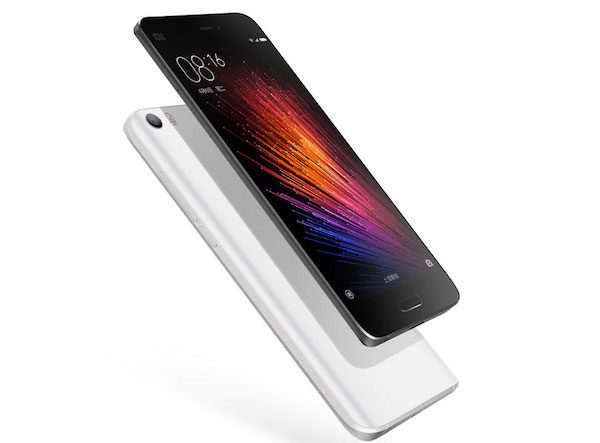
With its stunning design and attractive pricing, the Xiaomi Mi 5 is yet another flagship killer from Chinese smartphone maker Xiaomi that promises to give the big boys a run for their money. But does it live up to its name?
Design
If you’ve ever seen or used the Mi Note, you’ll be familiar with the design accents of the Mi 5 – from its curved and chamfered edges to the camera unit that’s completely flushed with the back glass surface.
The Mi 5, however, comes with a physical home button that incorporates a fingerprint sensor for unlocking the phone. The menu and back soft keys take the form of two backlit dots, rather than icons printed on the surface.
At the rear, Xiaomi has retained its signature 3D glass and ceramic panel, a combination that differentiates the Mi 5 and Mi Note from their lower-end siblings.
And like most recent flagships, the Mi 5 sports a USB Type C port that works with the new reversible USB connectors.
While the Mi 5 looks gorgeous, one has to be careful when handling the phone. The smooth and slippery surfaces will increase your chances of ending up with dents – or worse, a cracked screen.
User experience and performance
Those familiar with the MIUI interface will feel right at home with MIUI 7, the latest iteration of Xiaomi’s Android fork that does away app drawers.
MIUI gets better with each new version, though the localisation effort for the global ROM seems incomplete. Occasionally, I’ll get notifications in Chinese about signing up for Mi Voice, Xiaomi’s VoIP service.
And over the weekend, the default clock widget on my home screen was updated with Chinese text calling for users to support China’s athletes during the Olympics Games, along with a medal tally of Team China.
Android fans who expect the latest OS updates to be delivered as soon as possible to their phones will be happy to know that MIUI 7 on the Mi 5 runs on Android 6.0 Marshmallow.
With a Snapdragon 820 processor and performance improvements in MIUI 7, the Mi 5 feels faster than the Mi Note. For one thing, the transitions are smoother, and apps launch faster.
The Mi 5’s fingerprint sensor works as well. Unlocking the screen using my fingerprints was as swift as that on a 9.7-inch iPad Pro.
Perhaps the only blip in the Mi 5’s otherwise great user experience is Android Pay, which didn’t seem to work with the NFC-enabled phone.
After tapping the phone at a contactless payment terminal, a message at the terminal prompted me to present my card to the merchant. This was after I had successfully added a credit card in the Android Pay app.
Display
Even without a 2K display, the Mi 5’s 5.15-inch full HD screen shares the same qualities as the Mi Note: deep blacks and vibrant hues that jump out, whether you’re watching a Netflix movie or viewing photos.
The screen’s brightness and contrast are also sufficient when viewing the screen in bright sunlight. Viewing angles are impressive too – there’s hardly any shift in colours when looking at the screen at an angle.
Camera
The new 16-megapixel camera with dual-tone flash takes good looking snapshots in the day, with a good dynamic range and a high level of detail.
And like the Mi Note, you can tweak things like white balance, exposure time and ISO settings in the manual mode. The built-in optical image stabilisation capability also helps to reduce the effects of camera shake, especially while taking photos at night.
Night photography isn’t the Mi 5’s stronghold when compared with the Samsung Galaxy S7, which has one of the best cameras to date. Images may look a little grainy and colours don’t appear to be as brilliant as day shots.




Battery life and conclusion
With a battery life of at least one full day of use – mostly checking emails, messaging and making phone calls – the Mi 5 is a winner for folks looking for top-notch performance and a sleek design in their next smartphone.
That said, there are kinks like the localisation gaffes and Android Pay compatibility issues to be worked out. These aren’t deal breakers, but they certainly mar the overall experience for users.





